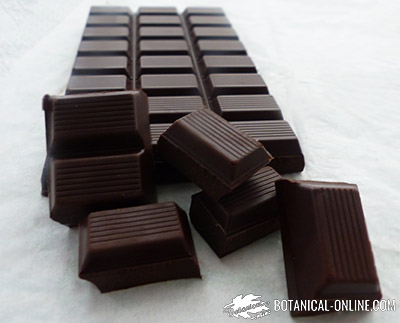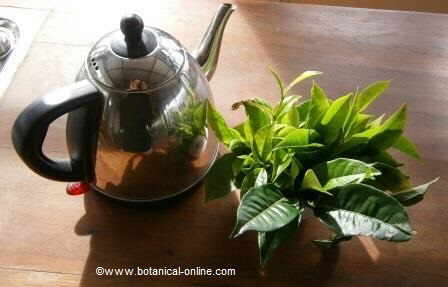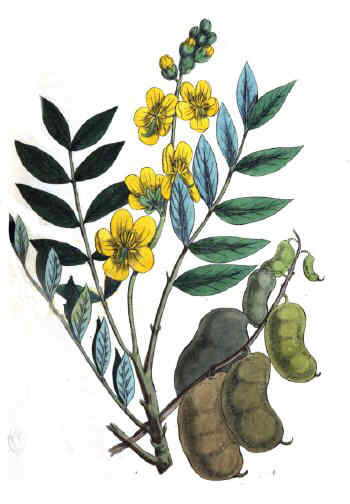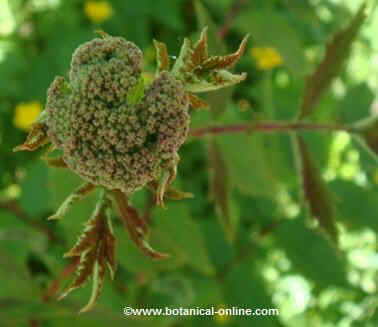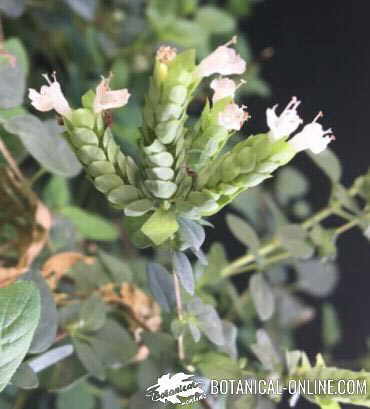Contents
Health benefits of rosemary (Rosmarinus officinalis)
Characteristics of rosemary
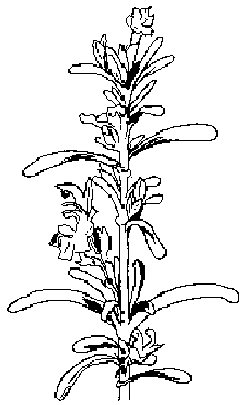
Common noun: Rosemary
Scientific noun: Rosmarinus officinalis.
Family: Mint family – Labiatae.
Habitat: It grows wildly in the scrub of the Mediterranean climate, together with other plants as the thyme (Thymus vulgaris) lavender (Lavandula sp.) and cistus (Cistus sp.)
Characteristics: It is a very fragrant perennial shrub, with light purple flowers and many leaves, which are dark green on its face and quite whitish on the reverse.
* See: Rosemary characteristics
Medicinal properties of rosemary
Internal use
By using it we obtain tonic and stimulant results.
- Respiratory diseases: It helps us to recover from respiratory illness, such as common cold, influenza, swine flu, bronchitis, sinusitis, pharyngitis, and it is a good aid to treat liver diseases.
- Digestive: Taken after meals, by means of infusions, it is a good way for a better digestion, preventing the onset of symptoms of a bad digestion such as, hiatus hernia, gastritis, bloating, flatulence, aerophagia and heartburn.
- Vertigo or dizziness: it is used to remedy digestive nature vertigo or dizziness (Infusion of a spoonful of dried flowers per cup of water. Take two cups per day)
- Amenorrhea: For amenorrhea or lack of temporary menstruation (Infusion of a spoonful of flowering tops. 3 daily cups)
- Dysmenorrhea: In order to alleviate the pain produced by dysmenorrhea or irregular menstruations it is advisable to prepare mixed infusions to equal parts of sage, rosemary (Rosmarinus officinalis L.) and chamomile (Matricaria chamomilla L.) Take three cups per day until the pain diminishes.
- Antiicteric: Rosemary, being cholagogue, facilitates the expulsion of bile from the gallbladder. Also recognized as diuretic and antihepatic. Therefore, it can be used as a remedy for jaundice or yellowing of the skin and whites of the eyes. (Infusion of a spoonful of flowering tops. 2 cups daily)
- Hepatic: As a remedy for liver failure, may be a decoction of a spoonful of dried leaves per cup of water. We will drink a cup before breakfast.
- Pain: It is a good soothing and relaxing remedy. Infusions of dried floriferous summits can relieve pain. Similarly, if we add a handful of dry plant in the bath, it will relax and relieve us. This treatment is very useful to decrease the intense pain, such as headache, backache, neck pain, kidney stones or gallstones. (Infusion of a spoonful of flowering tops. 2 cups per day)
- Antianemic: Rosemary contains much iron that can help to overcome its lack in our bodies in cases of anemia. (Infusion of a spoonful of dried plant per cup of water. A couple of cups a day)
External use
- Analgesic: For backache or cervical pain in external treatment: Rub the back with a mixture of 10 drops of essential oil in two tablespoons of olive oil. (Add 20 drops to bath water. Take a bath for 15 or 20 minutes) (Add to bath water the infusion of 3 tablespoons of dried plant in a liter of water. Take a bath for 15 to 20 minutes)
- Fibromyalgia: Very useful as muscle relaxants (Rub the painful area with a mixture of 10 drops of their essential oils in two tablespoons of olive oil. (Add to bath water Infusion of 3 tablespoons of dried plant in a liter of water. Take a bath for 15 or 20 minutes)
- Natural antibiotic: Rosemary has over 40 antibacterial and over 20 antiviral principles. Used internally it can help fight respiratory diseases or digestive diseases. Used as a flavoring in food, at the same time, it prevents the proliferation of pathogens. It does not kill bacteria but inhibits or reduces its development so it may be helpful to the treatment with antibiotics of gonorrhea.
It has been shown that rosemary inhibits the formation of harmful bacteria in in vitro, so its use could be interesting in cases of poisoning from spoiled food. (Infusion of a spoonful of dried plant per cup of water. Take a couple of cups a day)
- Dental caries: (mouthwashes with the infusion of the flowers.)
- Antialopecic: Very useful for hair loss: Stimulating properties of rosemary for hair growth are well-known. Rubbing your scalp with the liquid resulting from mixing one part rosemary oil with two parts almond oil helps improve circulation in the area and encourages hair growth. Rosemary can be used to prepare natural shampoos.
- Brittle nails: For nails that break easily, you can take nail baths with a fully charged infusion of the whole dry plant.
- Alzheimer disease: Rosemary has antioxidant properties very useful to avoid the damage that free radicals inflict on acetylcholine. It can be used in infusion (A teaspoonful of flowers per cup of water) In external use, we can make use of essential oil frictions (Friction on the head with diluted rosemary oil) or in the water of bath (add a few drops of tincture in the water of the bath)
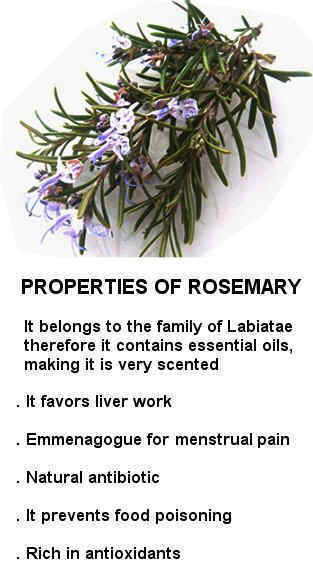
Main curative properties of rosemary
EDIBLE PROPERTIES OF ROSEMARY
Rosemary in the kitchen
Rosemary presents great culinary properties. It’s a great condiment that enhances the flavor of foods, especially meats stewed or grilled. It has to be used with caution because its flavor is quite strong.
A few leaves sprinkled on a mixed salad provides it a touch of Mediterranean flavor.
Other interesting uses
– Deodorant: A handful of dried flowers inside a small cloth bag will be useful to banish hard odours from a room or to act as an ecological deodorant in a vehicle.
– Purifying contaminated water: Boil contaminated water and add a piece of dried plant to completely eliminate bacteria. It is a good system to make water that was contaminated by bacteria drinkable.
ROSEMARY PROPERTIES VIDEO
Picking and storing rosemary
Spring and Summer are the best two seasons to pick up the leaves and flowers which should be dried up in the shade and be kept in a very dry and dark spot till completely dried.
If you don’t have the chance to collect them personally, you can purchase them very easily at any Herbalist ‘s.
![]() More information about rosemary.
More information about rosemary.




